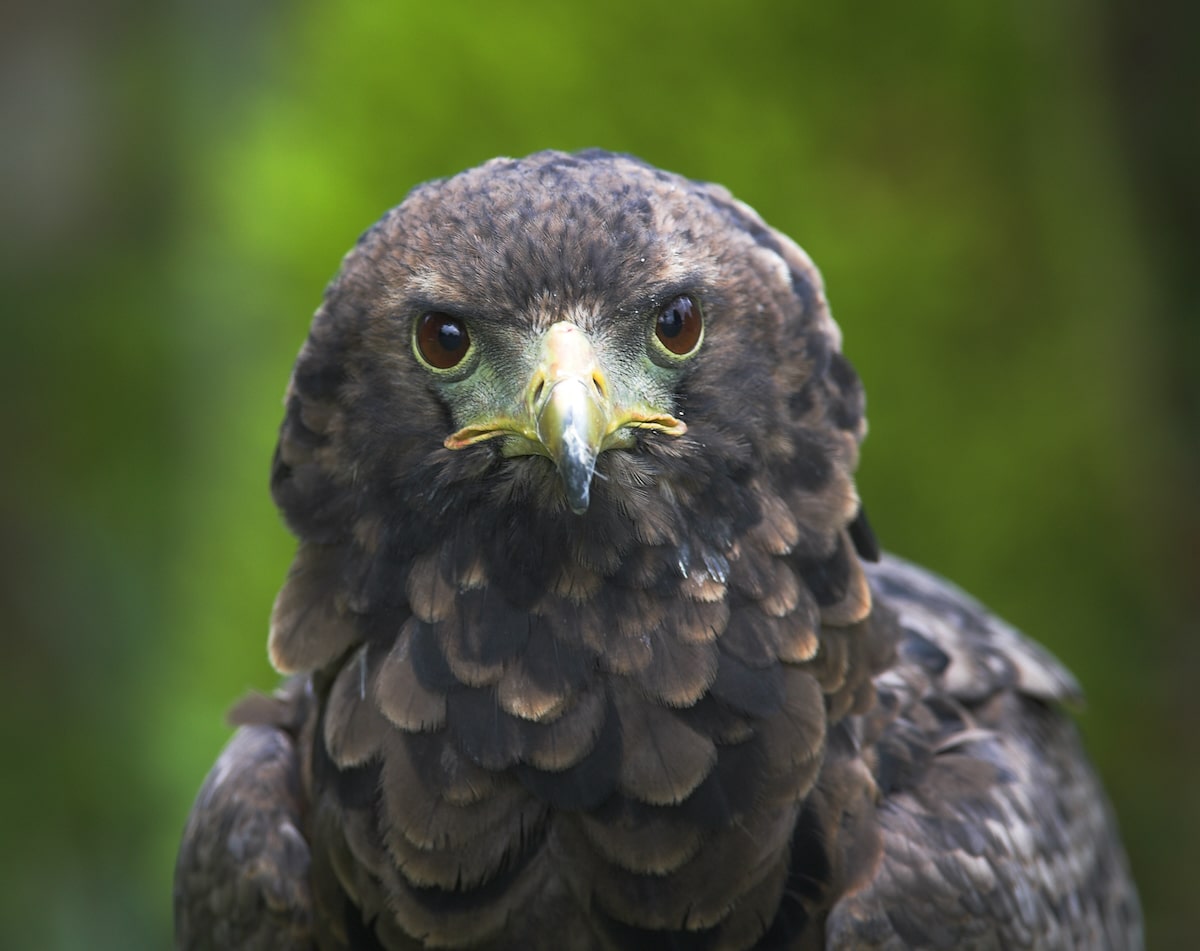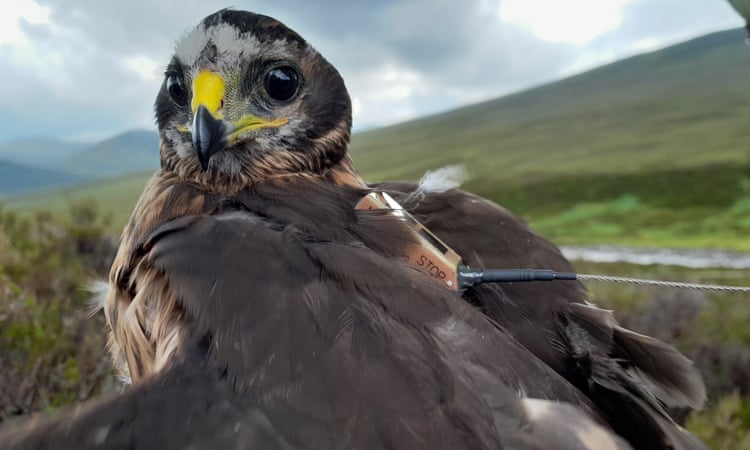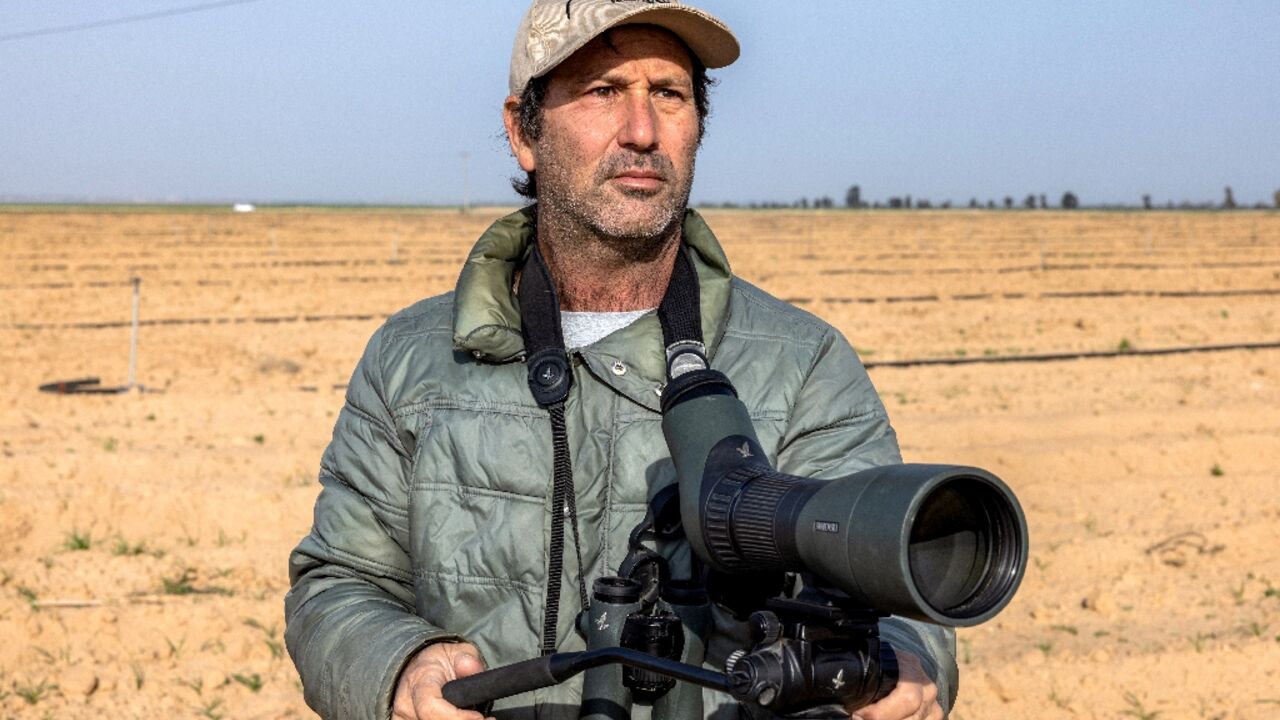Birds of prey in Africa are currently experiencing an extinction crisis, with more than two-thirds potentially threatened, according to a new study by an international research team led by The Peregrine Fund and researchers from the University of St. Andrews.
Of the 42 species profiled in the report, 88 percent have declined over a 20- to 40-year period. Of those, 69 percent exceeded the “at risk of extinction” criteria set forth by the International Union for Conservation of Nature.
“The conversion of natural habitats to farmland is a major cause of biodiversity loss and poses the greatest extinction risk to birds worldwide. Tropical raptors are of particular concern, being relatively slow-breeding apex predators and scavengers, whose disappearance can trigger extensive cascading effects. Many of Africa’s raptors are at considerable risk from habitat conversion, prey-base depletion and persecution, driven principally by human population expansion,” the authors of the study wrote.
The study looked at road surveys from four regions in Africa over 20 to 40 years and examined changing patterns in savanna raptor populations, a press release from the University of St. Andrews said.
“Large raptors had experienced significantly steeper declines than smaller species, and this disparity was more pronounced on unprotected land. Declines were greater in West Africa than elsewhere, and more than twice as severe outside of protected areas (PAs) than within. Worryingly, species suffering the steepest declines had become significantly more dependent on PAs, demonstrating the importance of expanding conservation areas to cover 30% of land by 2030 — a key target agreed at the UN Convention on Biological Diversity COP15,” the study said.
The researchers found that if the multitude of threats African raptors are facing are not sufficiently dealt with, large vulture and eagle species are not likely to survive over much of Africa’s unprotected land by 2050 and beyond, the press release said.
“Since the 1970s, extensive areas of forest and savanna have been converted into farmland, while other pressures affecting African raptors have likewise intensified. With the human population projected to double in the next 35 years, the need to extend Africa’s protected area network – and mitigate pressures in unprotected areas – is now greater than ever,” said Dr. Phil Shaw of the University of St. Andrews’ School of Biology in the press release.
The study, “African savanna raptors show evidence of widespread population collapse and a growing dependence on protected areas,” was published in the journal Nature Ecology and Evolution.
The study underscored the drastic declines among raptors that have been classified by the global Red List of Threatened Species as of “least concern.” These species include the African hawk-eagle, the African harrier-hawk, the long-crested eagle, Wahlberg’s eagle, the dark chanting goshawk and the brown snake-eagle. These species have all experienced rates of population decline that suggest they could currently be threatened worldwide.
“Africa is at a crossroads in terms of saving its magnificent birds of prey. In many areas we have watched these species nearly disappear. One of Africa’s most iconic raptors, the Secretarybird, is on the brink of extinction. There’s no single threat imperiling these birds, it’s a combination of many human-caused ones, in other words we are seeing deaths from a thousand cuts,” said Dr. Darcy Ogada of Idaho-based The Peregrine Fund.
Other previously common species of raptors that have become absent or scarce from lands that are unprotected include the elegantly feathered bateleur eagle and the splendid martial eagle.
“This was the continent over which, only 50 years ago, pristine populations of spectacular raptors were evident almost everywhere, bringing excitement and wonder to visitors from many parts of the world,” said leading ornithologist professor Ian Newton, who was not part of the research team, in the press release. “The causes of the declines are many – from rampant habitat destruction to growing use of poisons by farmers and poachers and expanding powerline networks – all ultimately due to expansions in human numbers, livestock grazing and other activities. Let us hope that more research can be done and, more importantly, that these birds can be protected over ever more areas, measures largely dependent on the education and goodwill of local people.”
African raptors’ food supplies, habitat and breeding sites have all been greatly reduced on unprotected lands, while mistreatment by farmers, ivory poachers and “pastoralists” has become common.
“[T]he human footprint is particularly high throughout West Africa’s savannas, and the near complete disappearance of many raptors outside that region’s relatively small and fragmented protected area network reflects an ecological collapse that is increasingly affecting other parts of the continent. Some raptors that occur mostly in West Africa, such as the little-known Beaudouin’s Snake-eagle, are vanishing into oblivion,” said Dr. Ralph Buij of The Peregrine Fund, who conducted repeat surveys of some original areas, in the press release.
The study’s findings point to the crucial nature of making the protection of the continent’s natural habitats stronger in alignment with the goal of the COP15 United Nations Biodiversity Conference to expand conservation areas to protect 30 percent of land globally by 2030. They also show the necessity of restoring habitats in unprotected areas, improving species protection legislation, reducing energy infrastructure impacts and establishing long-term evaluation and monitoring of African raptors’ conservation status. Public participation in efforts to conserve these majestic species must also be increased.
To help achieve these goals, the authors of the study developed the African Raptor Leadership Grant to fund conservation programs and additional research, boost local conservation initiatives, support mentoring and educational opportunities for emerging scientists in Africa and increase raptor knowledge all over Africa.
What you can do
Help to save wildlife by donating as little as $1 – It only takes a minute.
This article by Cristen Hemingway Jaynes was first published by EcoWatch on 4 January 2024. Lead Image: A bateleur eagle in Africa. GP232 / iStock / Getty Images Plus.






Leave a Reply